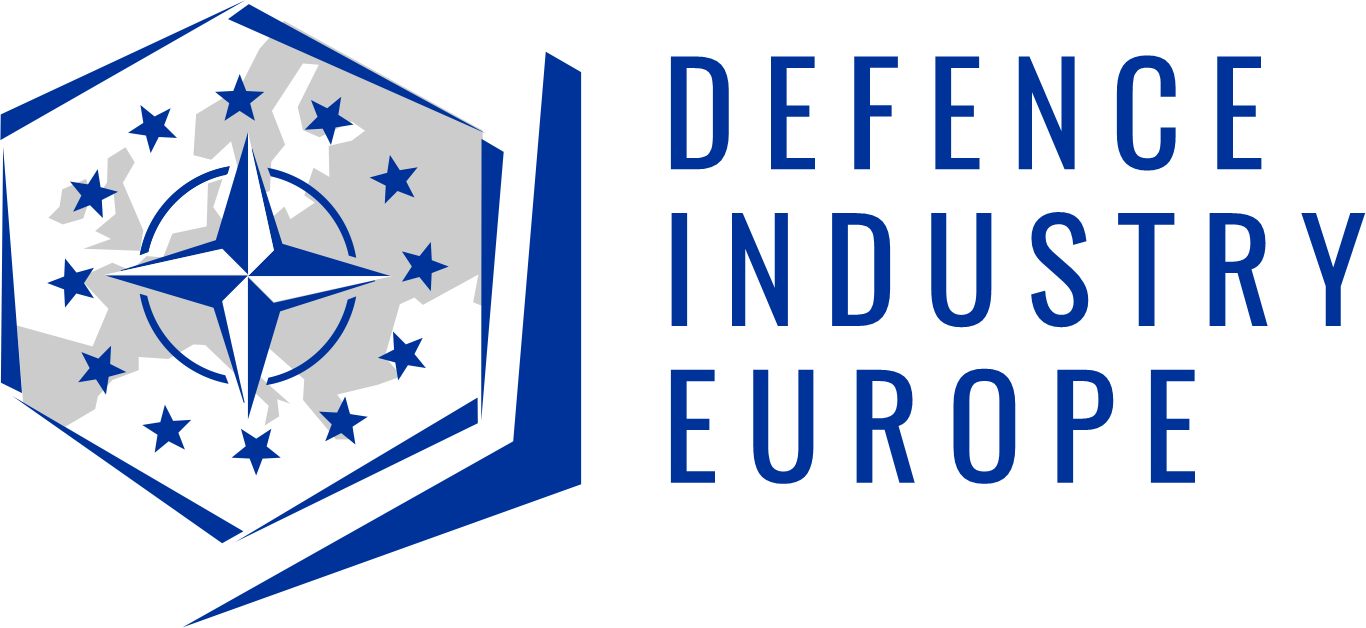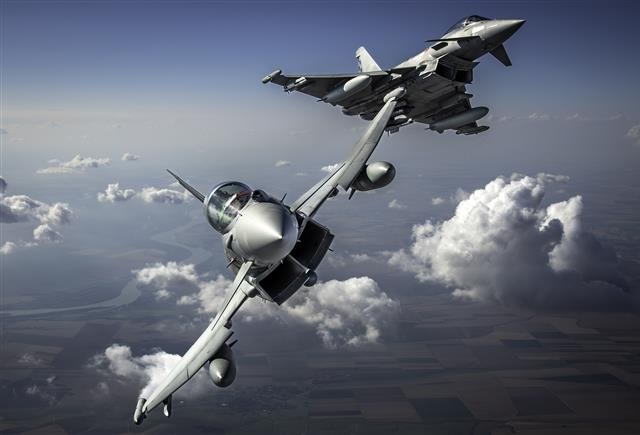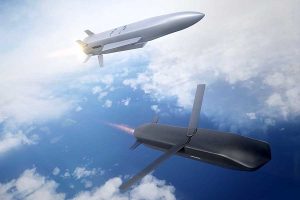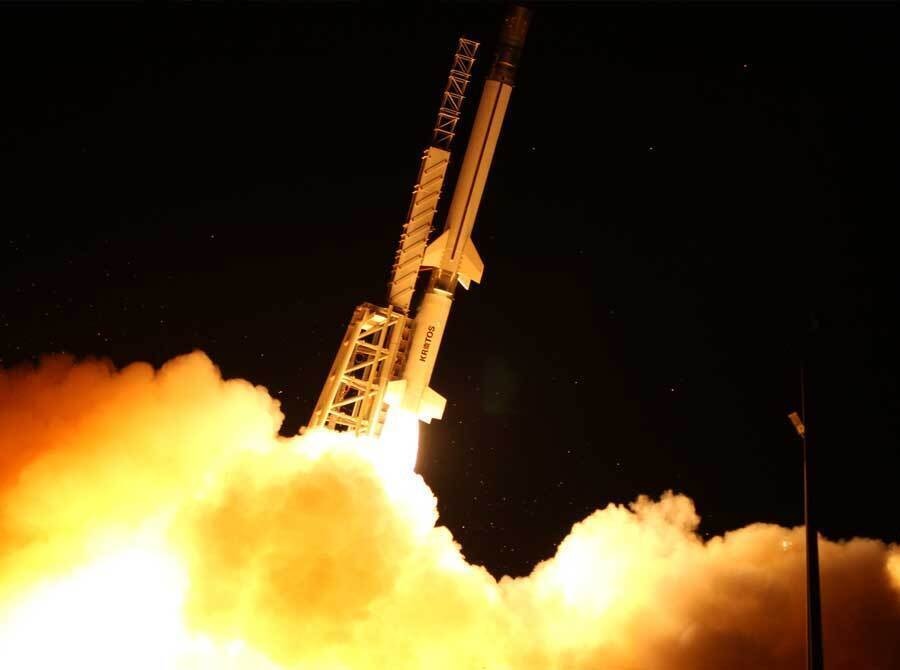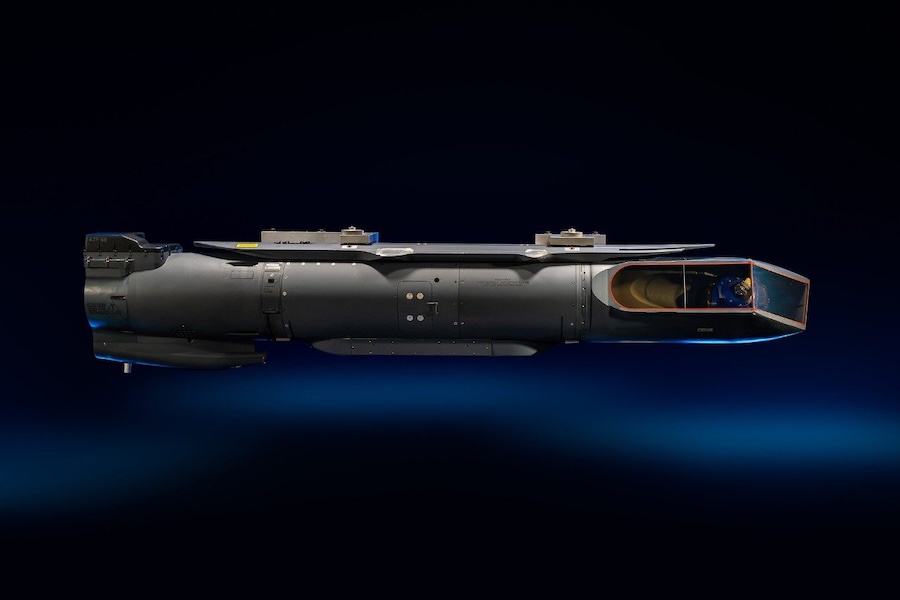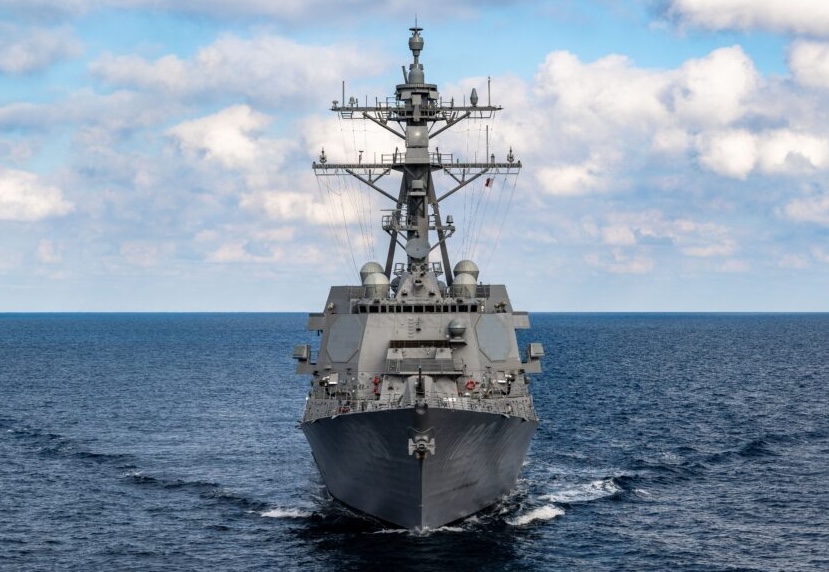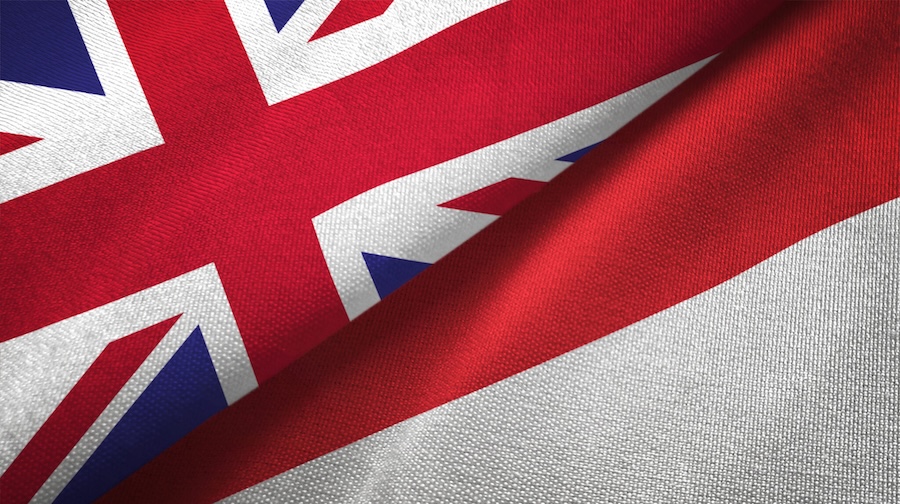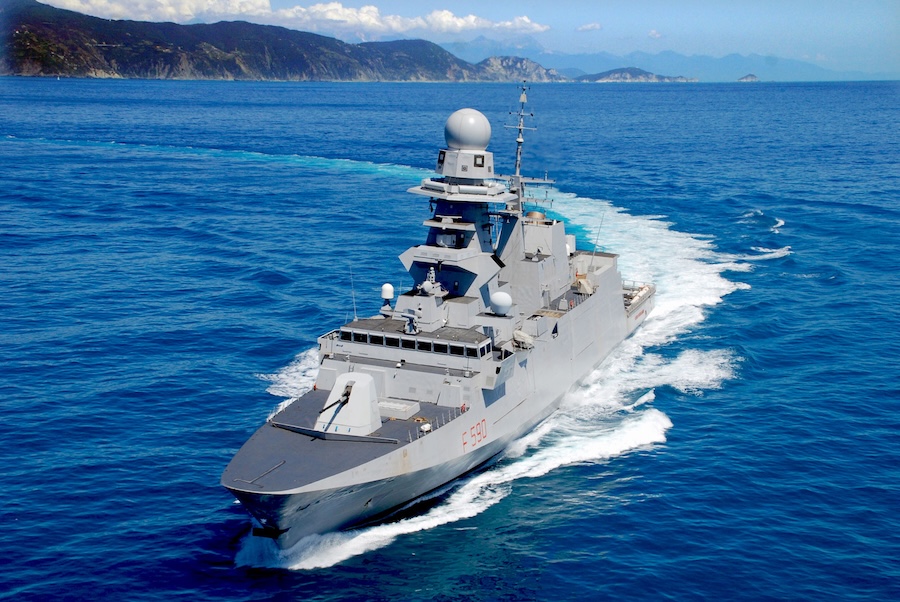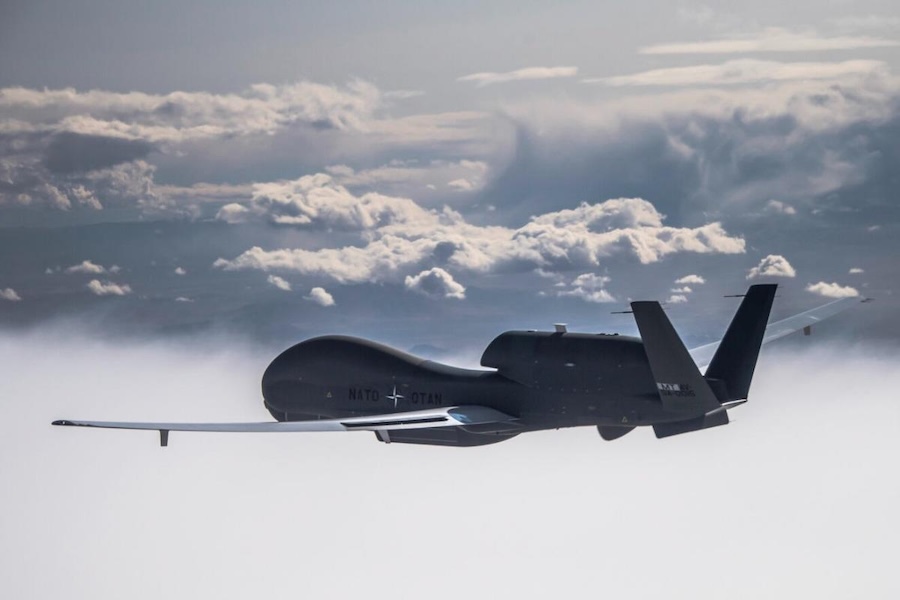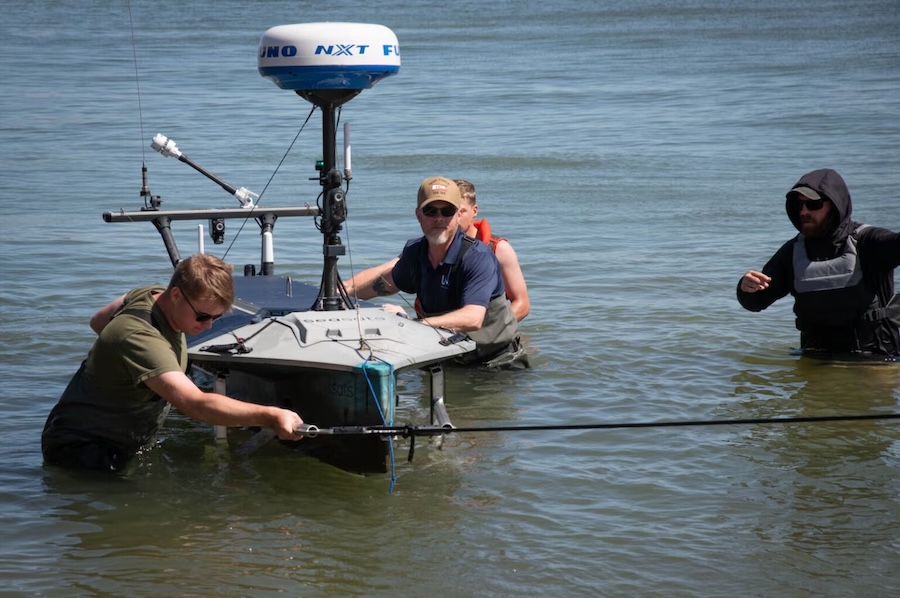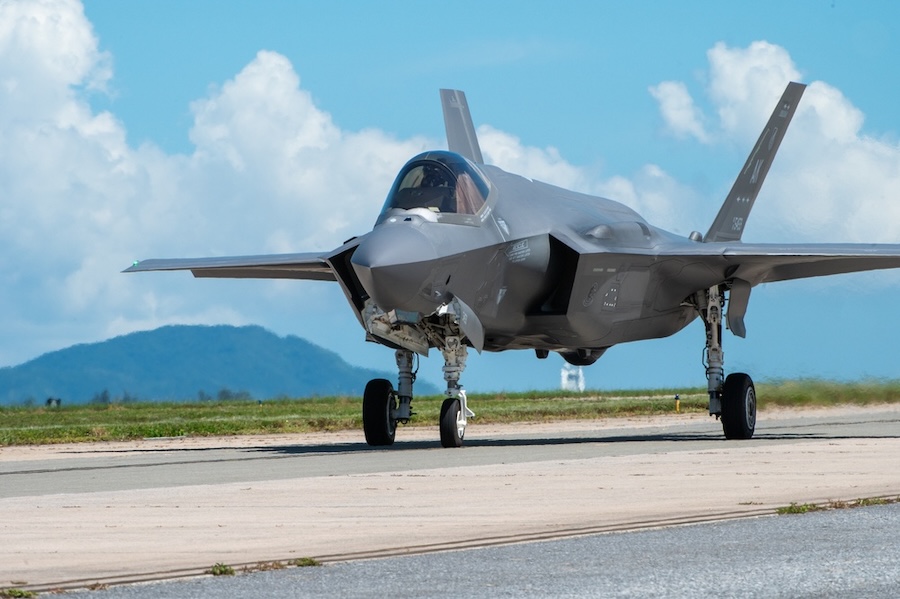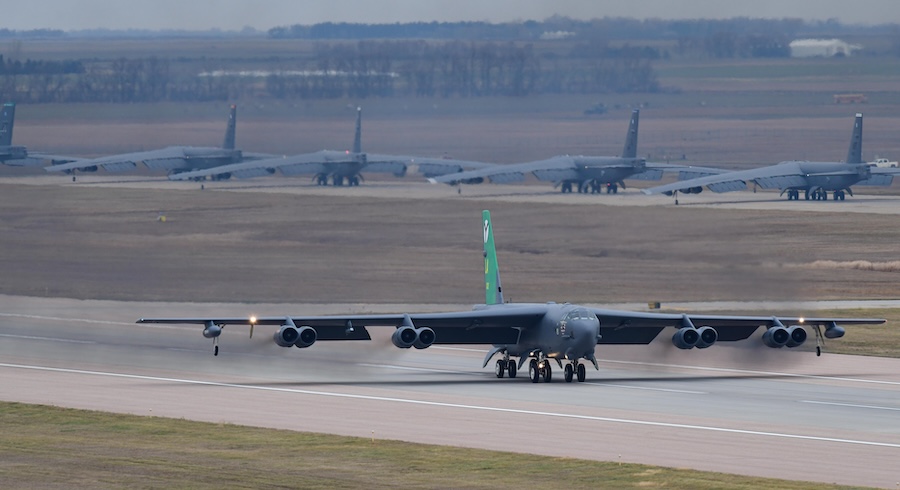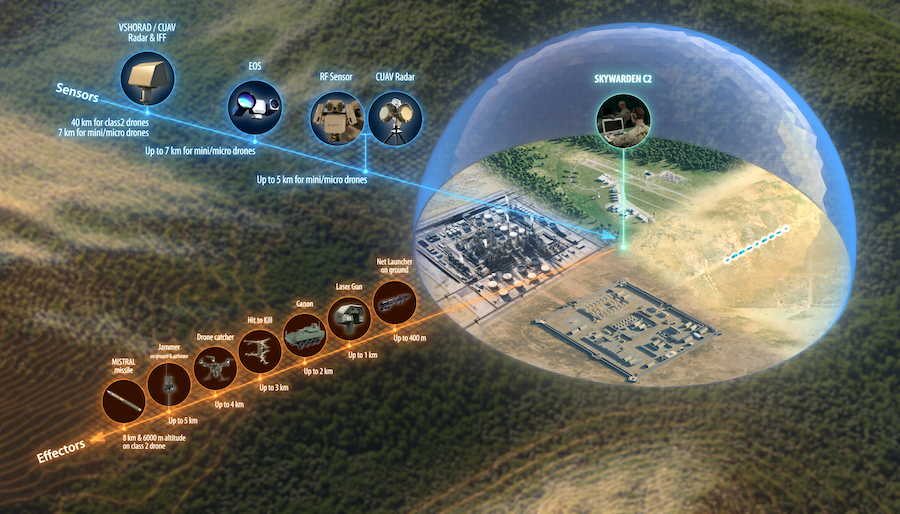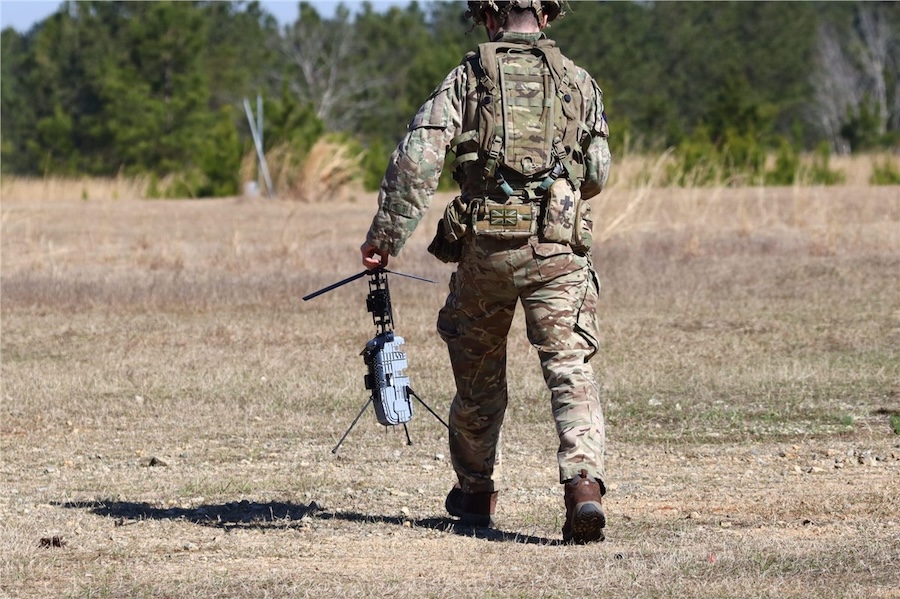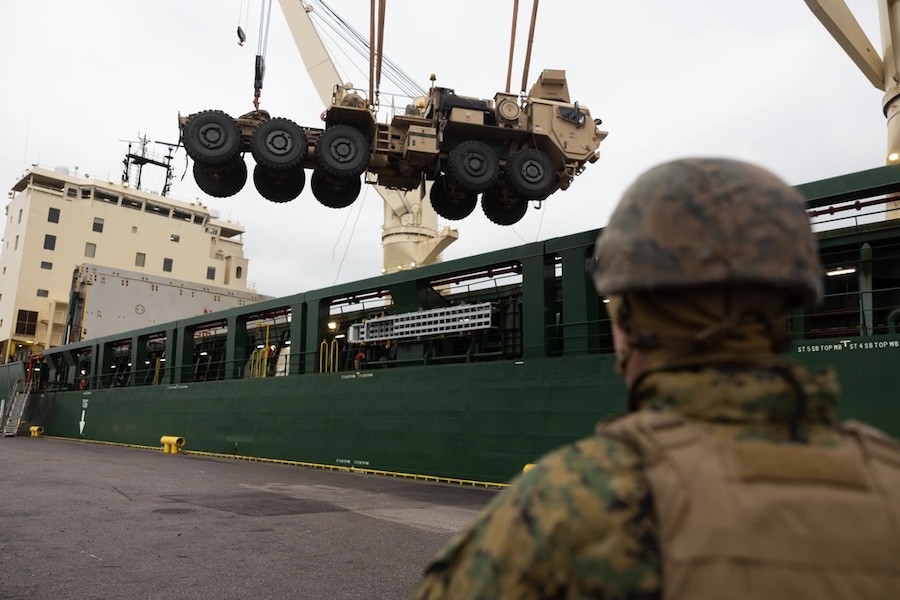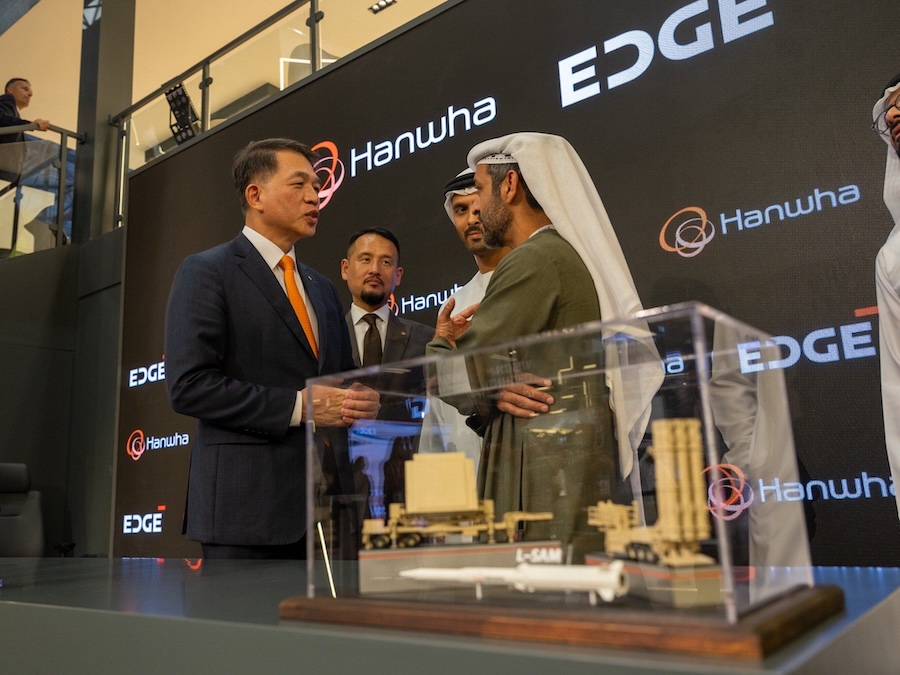One of the main announcements was the planned increase in annual aircraft output, reflecting current geopolitical shifts and growing operational needs. Eurofighter aims to raise production from the current 12 units per year to 20 within 36 months, with capacity available to reach up to 30 should further orders be secured.
Current assessments suggest that more than 100 new orders could be placed in the near future. Marketing efforts are actively underway in Saudi Arabia, Turkey, Austria, Poland and Portugal, with government-level negotiations playing a major role in several cases.
“In Saudi Arabia and Turkey, the process is intergovernmental with significant involvement from the UK Ministry of Defence,” Tamarit Degenhardt stated, highlighting Britain’s strategic role in enhancing deal conditions and countering strong U.S. presence in the region. He also noted, “Negotiations with Turkey are ongoing, and the UK side is trying to convince Germany to approve the sale of aircraft to Ankara.”
Alongside export and production efforts, Eurofighter is also focusing on the ongoing modernisation of its existing fleet. The Mid-Life Upgrade (MLU) programme will enable current aircraft to remain in effective service well into the second half of the 21st century, alongside future sixth-generation platforms.
To date, Eurofighter has delivered over 600 aircraft globally, serving as a crucial defence asset for European NATO members and partners in the Middle East. By the end of this year, the global fleet is expected to surpass one million flight hours, with many of those logged in operational or combat missions driven by recent geopolitical developments.


